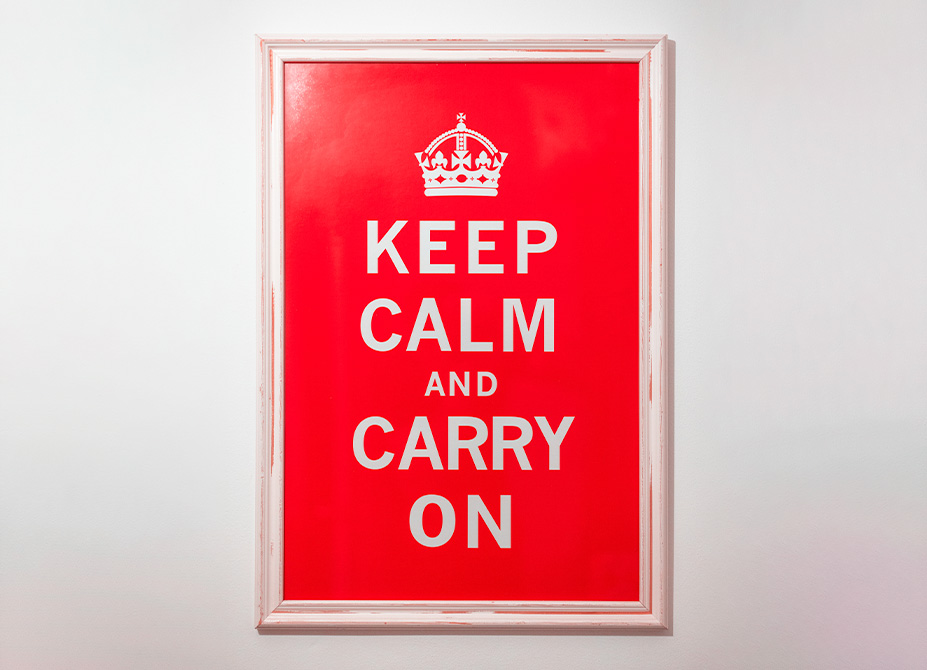
‘Keep Calm, Don’t Panic, Be Prepared’ – Navigating a crisis in a world of mixed messages (Part 2)
In the second part of this blog series, Andy continues to investigate crisis management – when it all goes wrong, where do we go for help? Additionally, Rachel considers the behavioural science governing our relationship with those whose job it is to help us all in times of trouble.
More +



